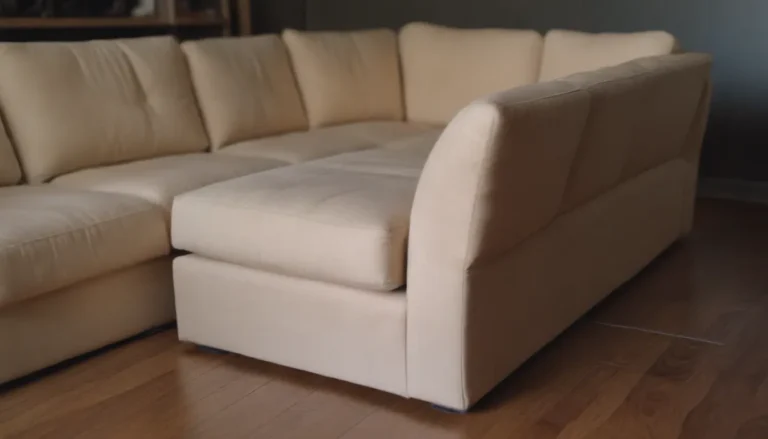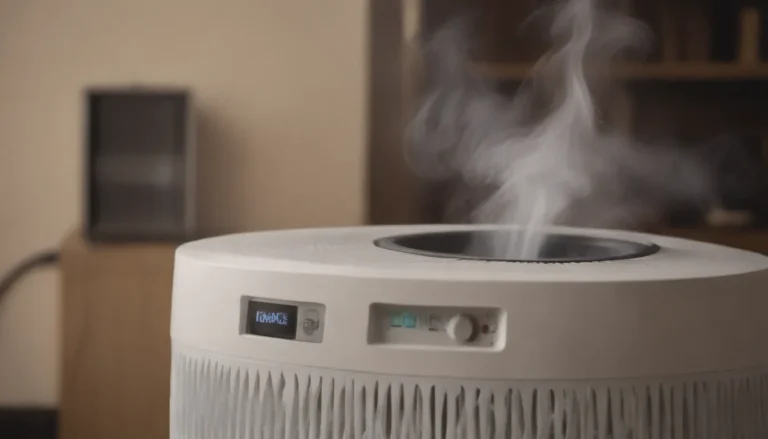Ultimate Guide to Kitchen Cabinet Materials and Their Benefits

Are you looking to update your kitchen cabinets but feeling overwhelmed by the number of materials available? Whether you’re installing new cabinets, replacing old ones, or making necessary repairs, it’s essential to have a basic understanding of the different kitchen cabinet materials. Choosing the right material can be crucial in ensuring your cabinets are both aesthetically pleasing and functional for your household.
In this comprehensive guide, we will explore the 10 best materials for kitchen cabinets, their benefits, drawbacks, and the factors to consider when selecting the right material for your needs. Let’s dive in and educate ourselves on the world of kitchen cabinet materials!
Medium-Density Fiberboard (MDF)
Best for: Styles, finishes, and affordability.
Medium-density fiberboard, or MDF, is a popular option for kitchen cabinets due to its density, smooth finish, and resistance to water and mold. It offers a variety of styles and finishes, making it a versatile choice for any kitchen design. However, it’s essential to note that MDF may be less durable than other materials and susceptible to heat damage.
Solid Wood
Best for: Strength, durability, and long lifespan.
Solid wood is a top choice for kitchen cabinetry, known for its strength, durability, and environmental friendliness. While it may come at a higher cost than other materials, the natural beauty and long lifespan of solid wood cabinets make it a worthwhile investment. However, it’s crucial to be mindful of stains, as wood is prone to water damage.
Plywood
Best for: Lightweight design, easy repairs, and moderate durability.
For those seeking durability without the high price tag, plywood is an excellent alternative. It is lightweight, easy to repair, and cost-effective compared to solid wood. However, be cautious when selecting plywood, as lower-quality options may have knots or gaps that compromise the cabinet’s integrity.
Stainless Steel
Best for: Durability, heat-resistance, water-resistance, and easy maintenance.
While not as common in residential kitchens, stainless steel is a popular choice for commercial cabinets due to its durability and ease of cleaning. It is highly resistant to heat and water damage, making it a practical option for high-traffic areas. However, the high cost of stainless steel may deter some homeowners.
Particleboard
Best for: Affordability, lightweight design, and stain-resistance.
Particleboard is a budget-friendly option for interior cabinet components, offering affordability and lightweight design. While it may lack the strength of other materials, it is resistant to stains and suitable for less demanding storage areas. It’s important to avoid overloading particleboard cabinets to prevent damage.
Melamine
Best for: Water-resistance, heat-resistance, stain-resistance, and durability.
Melamine boards are engineered to withstand regular use in the kitchen, offering a durable and affordable alternative to solid wood. They are resistant to water, heat, and staining, making them an ideal choice for busy kitchens. Additionally, melamine cabinets are easy to maintain and retain their appearance over time.
Wood Veneer
Best for: Wood-like appearance, lightweight design, and easy maintenance.
Wood veneer cabinets combine the natural beauty of hardwood with the affordability of engineered wood. They are lightweight, resistant to warping, and relatively easy to clean. However, wood veneer is vulnerable to water damage, so it’s essential to keep them dry to prevent deterioration.
Laminate
Best for: Heat-resistance, moisture-resistance, scratch-resistance, and stain-resistance.
Laminate cabinets are a cost-effective option for kitchen cabinets, offering resistance to heat, moisture, and stains. They are made by applying a laminate paper to a wood substrate, enhancing durability and protection. High-pressure laminate is recommended for superior strength and longevity.
Thermofoil
Best for: Colors, patterns, designs, and easy cleaning.
Thermofoil cabinets feature a foil-like material sealed over an MDF core, providing a wide range of design options for your kitchen. They are affordable and easy to clean, though they may be susceptible to peeling and heat damage. Thermofoil cabinets are ideal for achieving a customized look without breaking the bank.
High-Density Fiberboard (HDF)
Best for: Density, styles, affordability, and painting.
High-density fiberboard, similar to MDF, is a cost-effective material suitable for kitchen cabinet panels. It mimics the appearance of solid wood cabinetry at a lower price point, making it a popular choice for budget-conscious homeowners. While HDF is stable in varying environments, it is prone to water damage and requires proper maintenance to prolong its lifespan.
Choosing the Right Kitchen Cabinet Material
Selecting the best material for your kitchen cabinets involves considering factors such as durability, maintenance, budget, and aesthetic preferences. While personal preference plays a significant role in the decision-making process, it’s essential to prioritize functionality and longevity in your choice. Here are a few key points to keep in mind when selecting a kitchen cabinet material:
- Durability: Consider the wear and tear your cabinets will endure, especially in high-traffic areas like the kitchen.
- Maintenance: Choose a material that is easy to clean and maintain to preserve its appearance over time.
- Budget: Balance cost with quality to ensure you’re getting the best value for your investment.
- Aesthetics: Select a material that complements your kitchen design and enhances the overall look of your space.
By weighing these factors and exploring the various kitchen cabinet materials available, you can make an informed decision that meets your needs and suits your style. Whether you opt for the strength of solid wood, the affordability of laminate, or the durability of stainless steel, there is a material to fit every preference and budget.
In conclusion, understanding the characteristics of different kitchen cabinet materials is crucial in selecting the best option for your home. From solid wood to laminate, each material offers unique benefits and considerations that can impact the functionality and appearance of your cabinets. By educating yourself on the 10 best materials for kitchen cabinets and their features, you can make an informed decision that enhances your kitchen’s beauty and functionality. Remember to choose a material that aligns with your lifestyle, aesthetic preferences, and budget to create a kitchen space that meets your needs and reflects your personal style.





